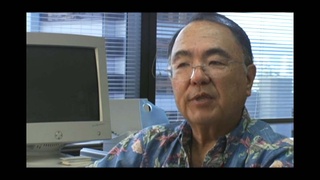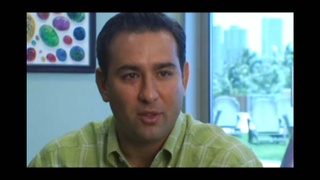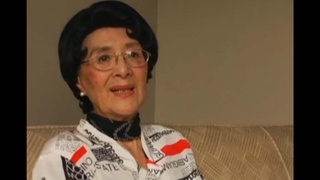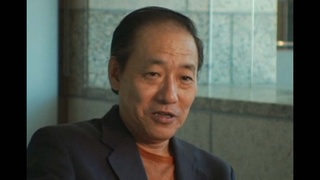Interviews
Starting an import business after World War II
Right after the war ended and coming back and then I decided well, I guess we’ve got to do some kind of business, so I started this wholesale business selling California ceramics because in California, there were lots of little potters, pottery factories. And sold that pottery and brought it in from California and I did the business in the basement of our house. And I did all the packing, the invoicing, collection and found salesmen.
Then I started importing and I started importing English bone china cups and saucers. They were…people…a fad at that time of people wanting…collecting bone china cups and saucers and they were very scarce, by the way, because there was no importation during the war. The reason why I started is…is that one of my salesmen from Utah – Mr. Debonham – his name was Shirley Debonham. He told me that people were asking for English bone china cups and saucers. So I said, “That’s great.” So I went to the library, found the list of all the potteries in England, and wrote letters to them. I thought, “Well, maybe I might get one to sell to me.” Five said they would ship to me and so it started. And so I sold just…I couldn’t get enough… And I started selling all over the United States. And started there.
And then finally moved to a small warehouse place in downtown Portland and grew from there. So that was…and then we changed the name to “Norcrest China Company” and we were…started importing from Japan. And we imported the goods…early on was…we had to put down “Made in US Occupied Japan.”
Date: December 8, 2005
Location: Oregon, US
Interviewer: Akemi Kikumura Yano
Contributed by: Watase Media Arts Center, Japanese American National Museum.








